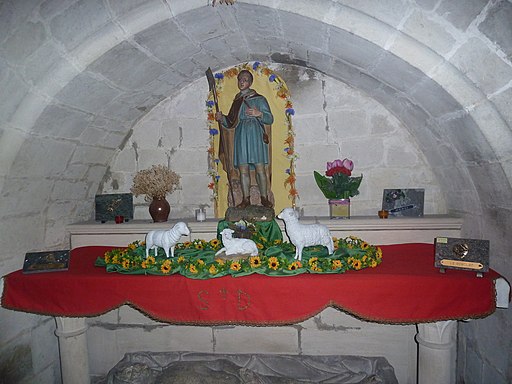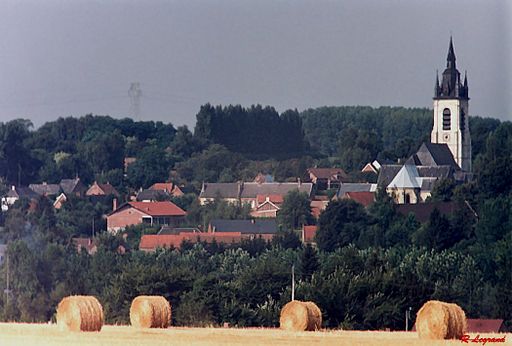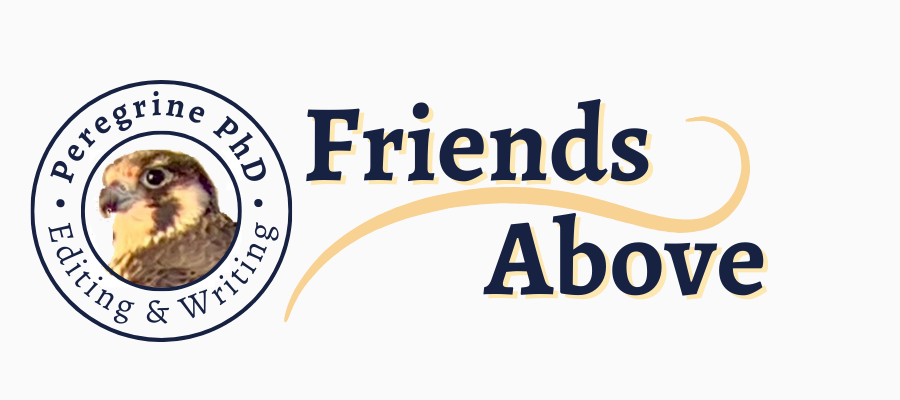Feast Day: April 16
I first encountered St. Drogo when my Catholic high school decided to go Harry Potter-style. The administration divided the school where I taught into ten student “houses” and asked the students for saint names. Surprisingly enough, not all the suggestions from our teenagers were serious ones. One enterprising young Google searcher garnered a lot for youthful enthusiasm when he discovered that there was a patron saint for ugly people; and that’s how I learned about Drogo.
In the end, my school avoided a St. Drogo House. It’s probably just as well, although I’ve come to like St. Drogo—especially after discovering he was also the patron saint of coffee. I think there is something to be learned from him and from a Church that has patron saints for the oddest things.

The Shifting Life of Drogo
Drogo’s life began in tragedy. His mother—a minor noblewoman in twelfth-century France—died in childbirth. Drogo almost died as well but the doctor managed to save him with an emergency Caesarean section. When he learned as a teenager the story of his birth, it hit him hard. He dedicated his life to charity and penance in atonement for killing his mother (as he unfortunately saw it). He gave away his possessions and became a shepherd. In that life, he prayed frequently and gave to the poor from his meager salary.
Soon Drogo acquired a reputation for holiness and spiritual wisdom. To escape into anonymity, he left home to make a pilgrimage to Rome and elsewhere. Pilgrimage in those days was an arduous sacrifice, involving months of walking across bandit-plagued foreign lands with no way to access more money along the way except begging. Each time he returned home, he found more people admiring him and wanting to see him. So he would head off once again.
On the last of these pilgrimages, he fell victim to a disease that made travel hard and disfigured him. Most modern writers suggest the problem was a hernia, though one would think the disfigurement from that would easily have been concealed under a tunic. Regardless of what his affliction was, his traveling days were done.
In order to enjoy some solitude, he sought and received permission to build an anchorite’s or hermit’s cell on one wall of a local church. Once he entered that single room, he stayed there for forty years. Admirers would bring him supplies to meet his simple needs: barley, water, and firewood. He would counsel them in return through a window in the wall, through which he could probably also participate in the mass. The rest of the time he could enjoy solitude and prayer. In the end, that is where the once intrepid traveler eventually died.

In Praise of Patron Saints
Given Drogo’s disfigurement from disease, the choice to turn to him as a patron for those with an ill-favored appearance is natural. A later version of his story says that Drogo shut himself in his cell because he was so ugly that he scared the little children. It’s doubtful that’s true, but I wonder if it’s the story young medieval children told each other about the man hidden in the cell?
He is also the patron saint of coffee, which is a little odder since coffee wouldn’t be popular in France for over five centuries after his death. One theory is that his simple meals of barley in hot water reminded later Catholics of brewing coffee. Another theory comes from his most famous miracle. The church caught on fire and his cell with it. His friends rushed to get Drogo out, but he refused. He said he had vowed to stay there until death and calmly kneeled there in prayer. The fire destroyed both church and hermitage, but Drogo remained unharmed. Perhaps, some speculate, this reminded people of roasting coffee beans, which come out from the fire better than ever?
I love coffee. Christians sometimes joke that coffee (or chocolate or beer) is proof that God loves us. In all seriousness, I think there’s something to that. Our lives would be fine without those little pleasures in our world, but having them just brings that spark of joy that temporarily chases away the stresses of the day. God giving us coffee is like a parent giving their little kid a popsicle or sticker; the child receives it with a joy completely out of proportion to the gift and it just warms the parent’s heart. Having a patron saint like Drogo for coffee reminds us that God is present in our little, everyday joys.
In Praise of Ugly People
If Drogo reminds us of divine joy in coffee, then he also reminds us of divine joy in unattractive people. That may include most of us, at least in our own eyes. Especially as a former high school teacher, I wonder how many people make it through their teenage years without hating their body at least a little bit? And how many adults, especially in America, feel the same? Americans spend $49 billion annually on cosmetics and $27 billion on plastic surgery. Some Catholics even think of the Easter promise of a resurrected body is a curse. To be a soul floating in Heaven with Jesus sounds wonderful, but does this body really have to come with them?
St. Francis nicknamed his body Brother Ass in affectionate exasperation (after the donkey, not one’s behind). His body was part of God’s lovable Creation and got him where he needed to go, but did it at its own stubborn pace and sometimes seemingly had a mind of its own. I admit that our bodies let us down sometimes. They are part of a fallen world and have not yet received their post-resurrection form. They should still be loved.
St. Drogo’s intercessions aren’t there to turn a supposedly ugly person beautiful. His own saintly acceptance of disfigurement and his patronage for those who think themselves similarly afflicted have a rather different purpose. Drogo’s example of ugly holiness calls us to look beyond beautiful features or eye-stopping disfigurements and simply delight in human physicality.
Let us marvel at the fact that God has granted us the marvelous ability to touch, feel, hug, taste, and laugh. Let us rejoice that God took on a body like ours, even one which “had no majestic bearing to catch our eye, no beauty to draw us to him” (Is 53:2). Let us delight in speculating about how he will resurrect our bodies like his own in a glorious way. And, in the meantime, let us love all those who think their bodies make them unlovable, even including ourselves. And, finally, let us thank God for that wonderful proof of His love: coffee.
If you have a response, thoughts, or questions, please comment at the bottom of the page. Consider subscribing below to get weekly email notifications about new reflections and other news.


